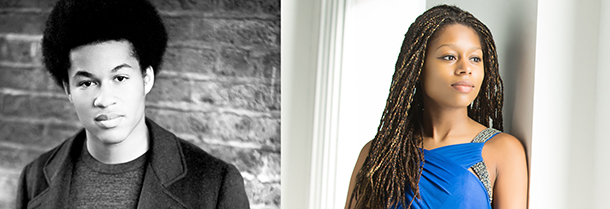Tag: Orpheum Theatre
-
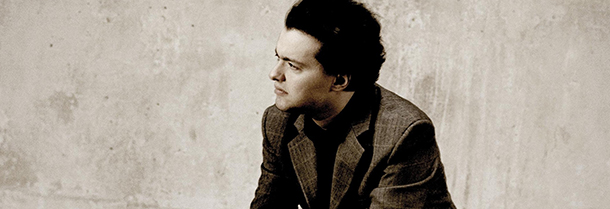
PROGRAM NOTES: EVGENY KISSIN
Johann Sebastian Bach Toccata and Fugue in D minor BWV 565 (arr. Tausig) While keyboard transcription and political debate might at first blush seem to be radically different fields of endeavour, one justly famous incident on American television stands emblematic of the risks run, in both disciplines, for those who would engage in rhetorical posturing.…
-
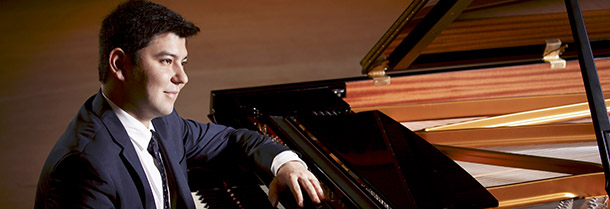
PROGRAM NOTES: BEHZOD ABDURAIMOV
Domenico Scarlatti Sonata in B minor K 27 Sonata in D major K 96 The 550-odd sonatas of Domenico Scarlatti are perhaps the most successful works to migrate from the harpsichord to the modern grand piano. Their transparent texture of simple two- and three-part keyboard writing has one foot in the imitative counterpoint of the…
-
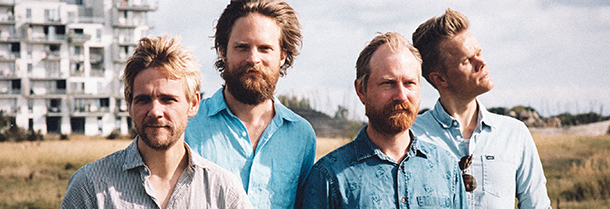
PROGRAM NOTES: DANISH STRING QUARTET
Seeing Double: The Doppelgänger Project Reprinted courtesy of Cal Performances, University of California, Berkeley, CA “Mir graust es, wenn ich sein Antlitz sehe/Der Mond zeigt mir meine eigne Gestalt” (“It horrifies me when I see his face/The moon reveals my own likeness…”). These chilling words from one of the poems in Heinrich Heine’s Buch der Lieder…
-
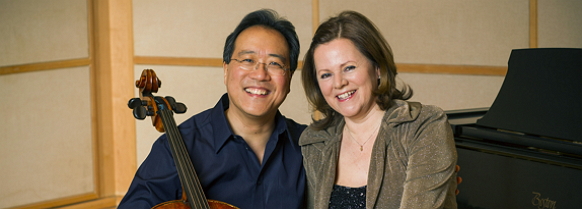
PROGRAM NOTES: YO-YO MA & KATHRYN STOTT
Igor Stravinsky Suite Italienne At the end of the Great War Igor Stravinsky underwent a radical shift in his compositional techniques and aesthetic aims. Gone were the gargantuan orchestras that had performed the lush, colorful scores of his pre-War ballets Firebird and Petrushka. Gone, as well, the dense chord structures and revolutionary rhythmic tumult that…
-
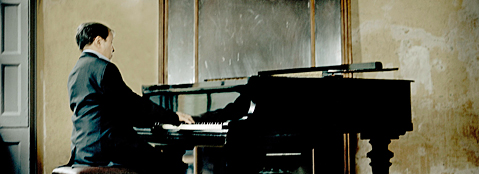
MURRAY PERAHIA…REMINISCENCES
Murray Perahia first came onto my radar in 1972 when he won the Leeds International Piano Competition. I knew Murray’s playing through his recordings but didn’t have the opportunity to hear him live for the first time until 1983, when on a visit to London I was able to attend a recital he gave at…
-

AUDRA MCDONALD WOWS AUDIENCES AND CRITICS
The long-awaited American Repertory Theater production of The Gershwins’ Porgy and Bess has opened and the reviews are coming in. The critics are unanimous in their praise for Audra McDonald, who has set a new standard for this iconic leading lady of American opera. “Ms. McDonald is Bess (or to use the hyperbolic speech of…


